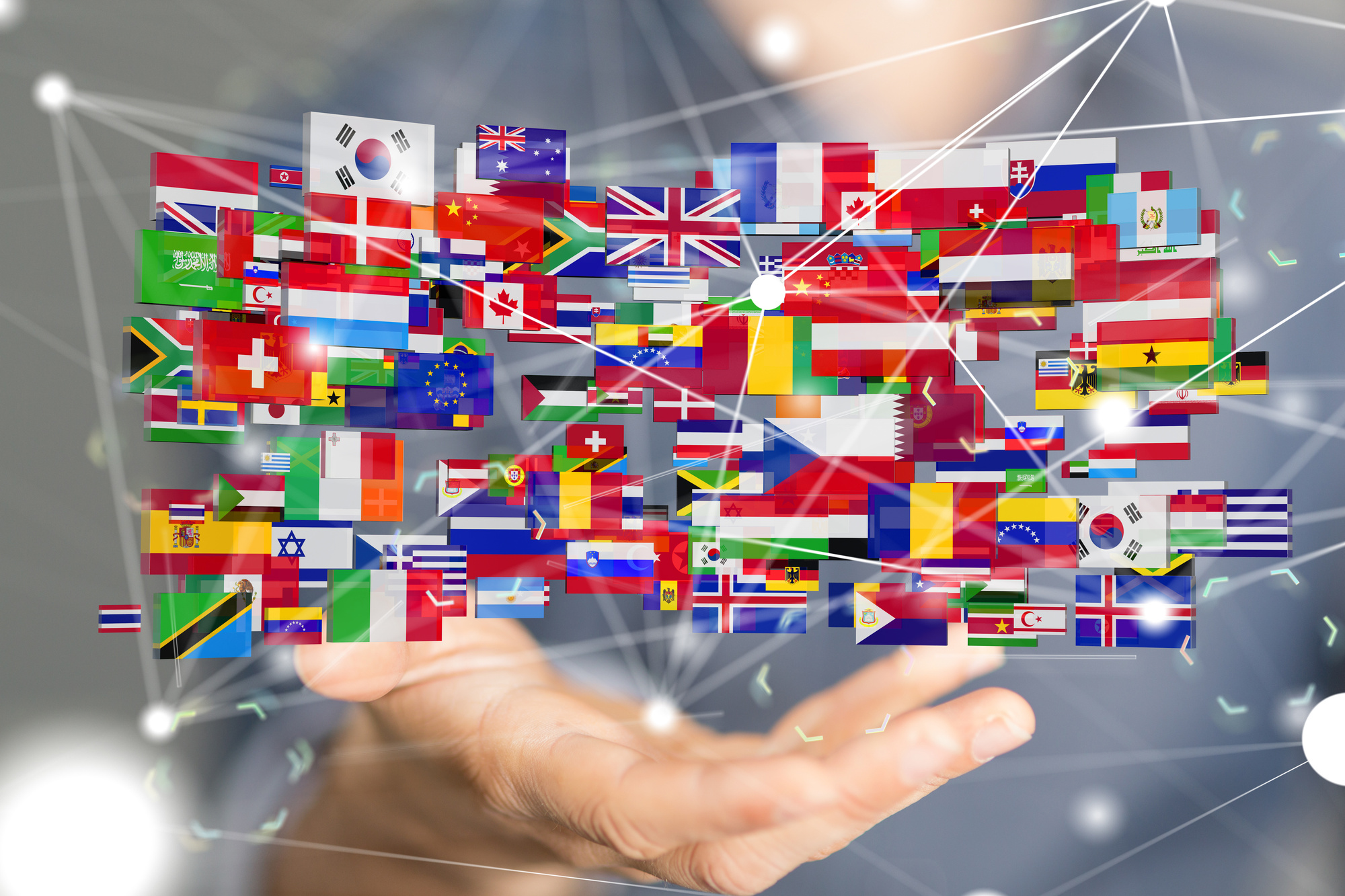As a business owner, you have a dream: to have people all over the world using your product.
But there’s a problem. Not everyone you’ll want to sell to speaks any of the languages you do!
This can present a unique challenge when trying to strike business deals or go on trips. After all, you can’t just snap and make an employee speak a new language or pull a translator out of your pocket.
Or can you?
Companies have used human translators for years, but now, developers have come up with several versions of a translation device.
Which is best for you and your company? Below, we’ll take a deep look into the positives and negatives of each.
Keep reading to learn more!
Human Translators
People have been using multi-lingual human translators for as long as we can remember.
Languages first came from relatively isolated clusters of humans. Yet, people started learning to speak other tongues as soon as these people groups began to intermingle.
And, as trade deals began to be struck, people would employ the use of translators.
Now, many companies have translators either on staff or on contract. Some have multi-lingual employees working in other departments who, in a pinch, can translate documents or conversations.
Using human translators has many positive points. Most prominently, humans can understand the tone of voice, differences in expression, and cultural nuances in intricate ways.
Because of these positives, many companies ask their employees to learn a language.
Most languages don’t translate well word-for-word. Yet, many devices use a word-for-word translation, sometimes giving nonsensical results. Human translators can take the essence of a phrase and craft it into something with the same meaning.
This is especially important for English speakers since English contains many commonly used colloquialisms.
Cultural Nuances
People also have the ability to understand cultural nuances. Different cultures value and stigmatize different things. Because of this, someone on your team could accidentally say something the other person considers rude.
A human translator would catch this and be able to re-phrase the person’s statement in a non-offensive way.
The cons to using human translators include the cost of paying the translator and the fact you may not always be able to have them around.
Use the tips here for ultimate translator success.
Using a Translation Device
When someone uses a translation device, the device takes the person’s words into consideration and then provides a translation.
This is great for companies that don’t have the budget to hire a translator. It can also help your team navigate different areas of the world.
A major bonus is that most translation devices fit in your pocket, and all you need is a way to charge them when their batteries get low.
Sometimes, a translation device is even free, such as Google Translate.
However, since most translation devices translate word-for-word, they might not always give accurate translations. In some cases, their translations have been downright embarrassing or inappropriate.
As such, they are best used outside of professional settings, such as when your employees are needing to find a restaurant.
Excel at Business Anywhere
If you’re looking for a translation device for your business, we know you want to succeed in as many markets as possible.
But how do you get there? With all of the competition, how do you make your company stand out?
Read more to learn how to grow your business today!











